Best Sellers
Styylish History
Chairs: Seating From Antiquity To Modernity
A History of Antique Chairs
Chairs are everywhere: around the kitchen table, at your desk, in front of the TV, and nearly everywhere else. And there are just as many types of chairs as there are reasons to use them.
Humans have used chairs almost as long as we first evolved. The first seats were most likely large boulders and logs used to lift us off the ground.
It’s taken a lot of ingenuity and creativity. But the result is affordable, comfortable seating that’s available to more people than ever.
Neolithic Period
There is evidence that suggests humans have used chairs as early as the Neolithic period. One of the first examples of seating, found in Skara Brae, Scotland, dates to around 3,200 BC.
Stone seats have been found in other Neolithic-period sites, indicating our ancestors’ desire to sit on something besides the ground.
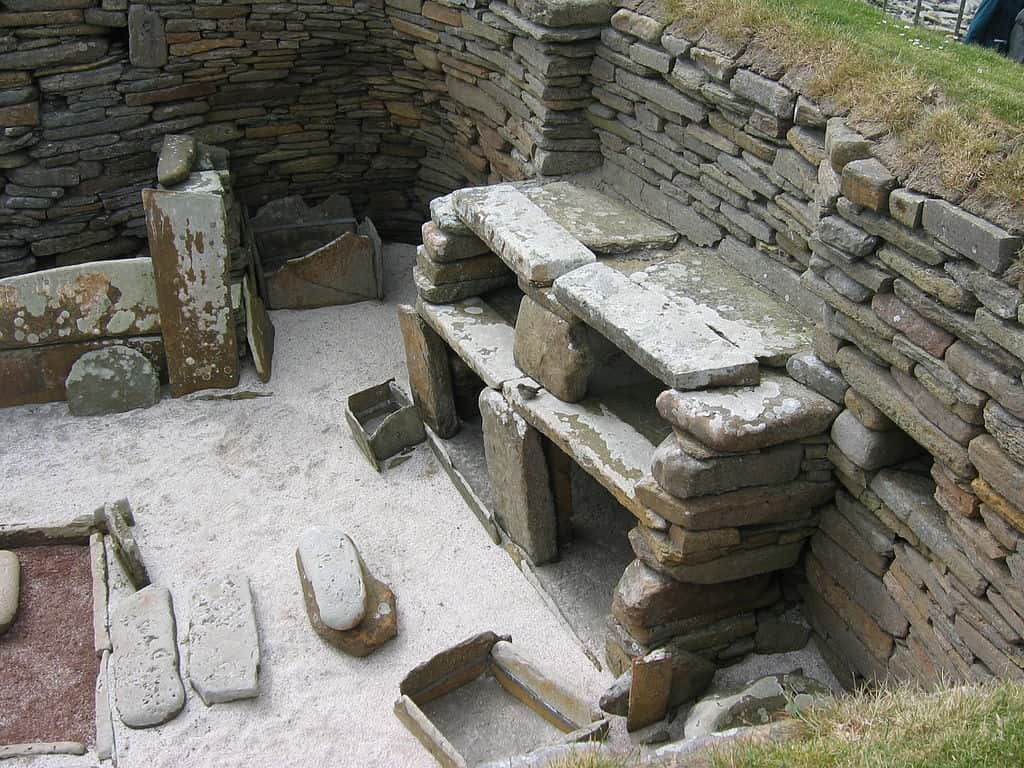
Egyptian Chairs
Ancient Egypt is considered one of the first civilizations to implement chairs, especially highly decorative, ornamented ones.
Ancient Egyptians made stools with x-frames consisting of three or four legs, some of which could fold.
Early depictions of chairs discovered in Nineveh pictured seating with carved legs ending in animal claws or hooves.
Egyptians used a variety of materials to make heavily ornamented armchairs like those found in the tombs of Queen Hetepheres I and King Tut.
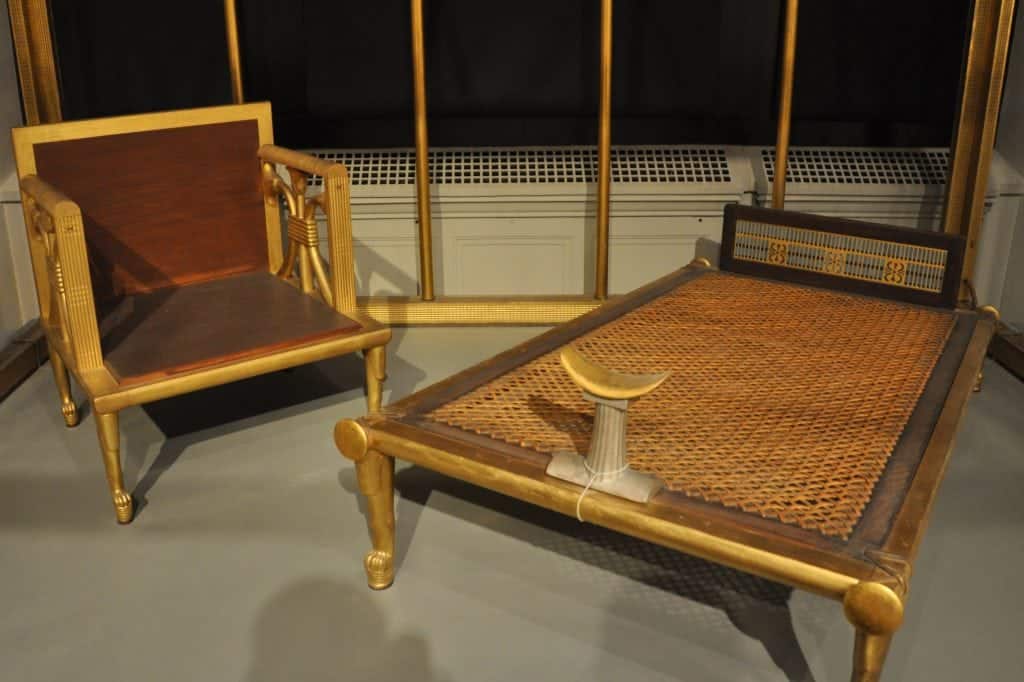
Artisans used other precious materials as well, such as ebony, ivory, carved wood, metal gilding, and more.
These were wooden, covered with gold and silver, and decorated with finely carved motifs like lotus flowers and animal legs.
People during this time believed that creating “unnatural” objects like chairs caused chaos. So to avoid producing universal disorder, seating, and other pieces embodied organic themes.
Egyptian motifs have been prevalent throughout history. But its popularity soared to a new level in 1922 when archeologists discovered King Tut’s tomb.
Modern designs like Art Deco furniture continued to be influenced by Egyptian seating and decorative themes.
Greek and Roman Chairs
Like the ancient Egyptians, the Greeks and Romans also used X-frame stools with diagonal cross braces. The first example of Grecian seating is the frieze of the Parthenon and dates to the six or seventh centuries BCE.
This image shows Zeus sitting in a square-shaped chair with a bar-back and wide, turned legs. Sphinxes and animal feet decorate the seat.
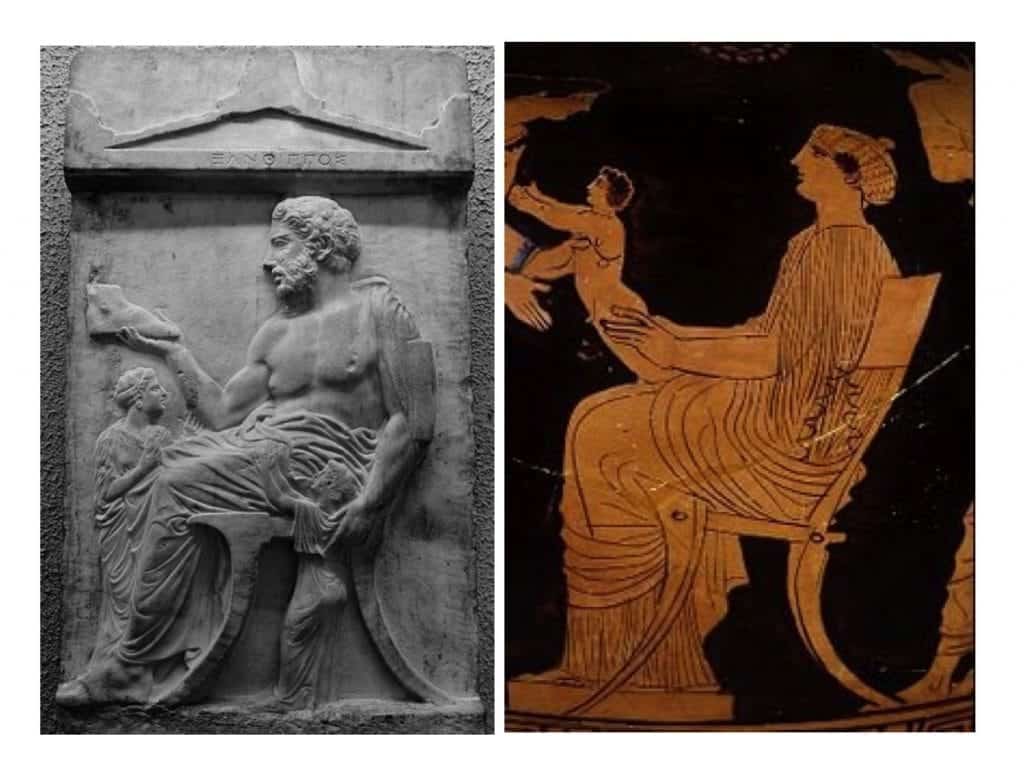
Roman chairs, in particular, became dramatically more decorative. Typical Roman seating was made of marble and also incorporated sphinxes.
During Roman antiquity, some types of chairs became associated with important people. The curule chair, an early style seat similar to modern folding chairs, became a symbol of military might and authority.
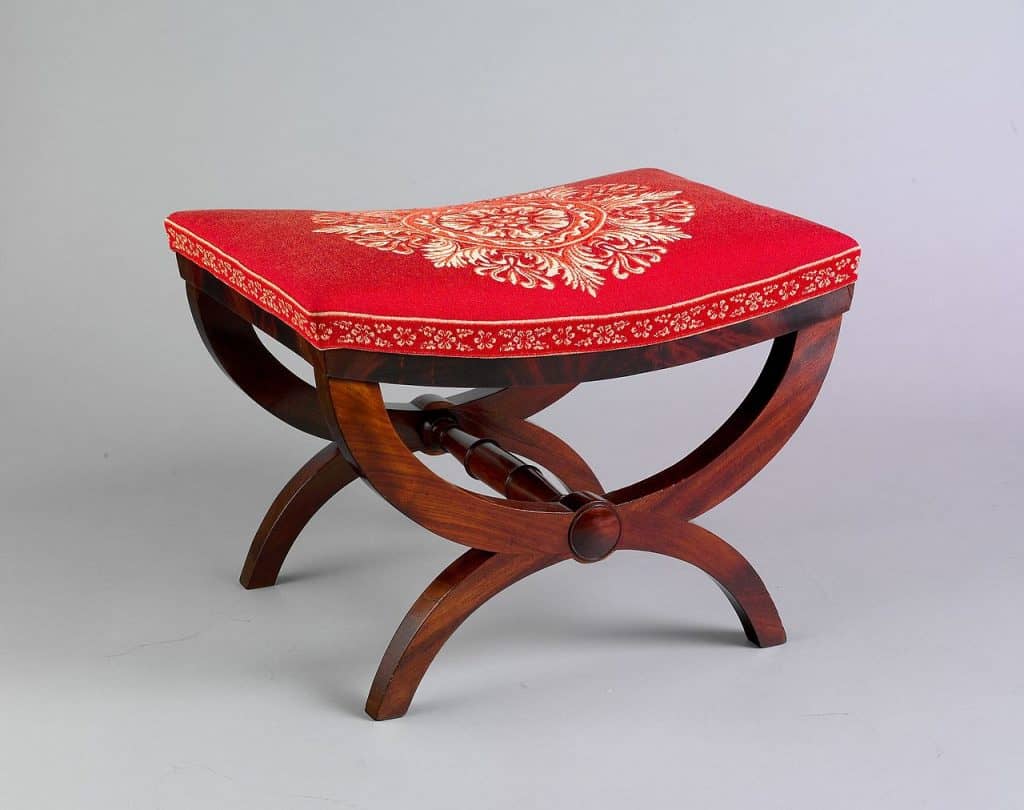
However, bench seats were regularly used by the public during public events at the Colosseum. The Roman Senate also used this type of chair during gatherings.
As its design evolved and included more ornament, it became exclusively for nobility, and other prominent political and religious figures.
Common motifs included lions, winged figures symbolic of victory called Nike, and dolphin-shaped arms. Additionally, many chairbacks were lyre-shaped, a design that continued in the Neoclassic revival period.
China
The earliest chairs used in China come from Buddhist murals created during the 6th century. Although, chairs remained rare until the 12 century.
Before the Tang Dynasty (618-907 AD), people sat cross legged on the floor or sitting mats in the seiza and lotus positions.
Why the Chinese began using chairs on a wide-scale remains ambiguous. Some believe that seating was a byproduct of indigenous Chinese furniture.
Others maintain that the practice started after Nestorian missionaries brought camp chairs from Central Asia during the 7th century.
When seating did become more prevalent in China, it didn’t take long to associate chairs and power.
As early as the Tang Dynasty, Chinese aristocracy used chairs as a display of authority. It was during the Ming dynasty (1368-1644) that lower-classes began using chairs often.
The Ming and Qing Dynasties (1644-1911) saw the spread of popular traditional Chinese designs and techniques. Root carving, a traditional art form, artists carved furniture and other objects from tree roots and branches.
This practice began during the Tang dynasty and continued for centuries. Buddhists and Daoists, who valued balance in nature, embraced this practice.
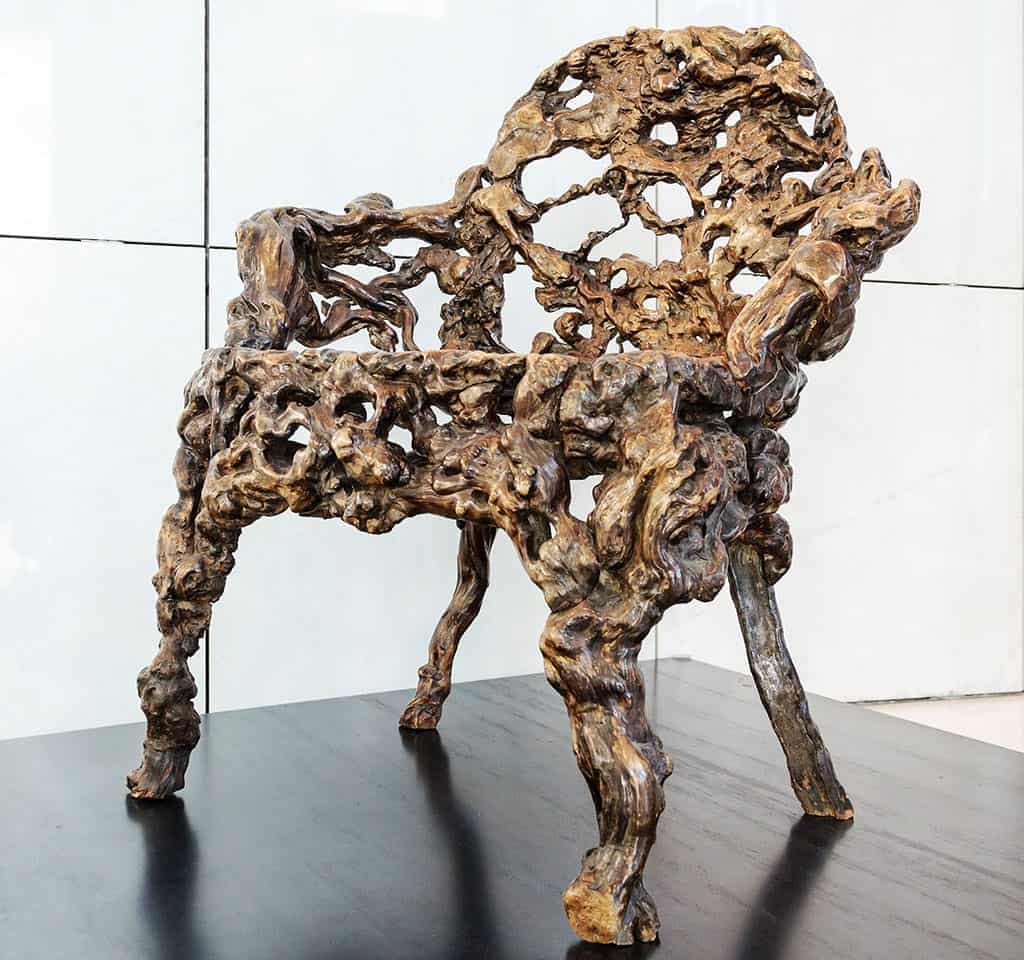
Medieval Europe
Medieval furniture, in general, was a stark difference from older models like the klismos chair designed by Ancient Greeks and Romans.
Chairs often were made of wood, marble, leather, bronze, and gilding. Some were uncomfortable to signify the rejection of worldly pleasures, echoing Christian virtues.
This is especially the case in bench seats and pews, which remain regular fixtures in churches to this day.
As the association between seating and royalty became stronger during the Middle Ages, chairs became more ornate.
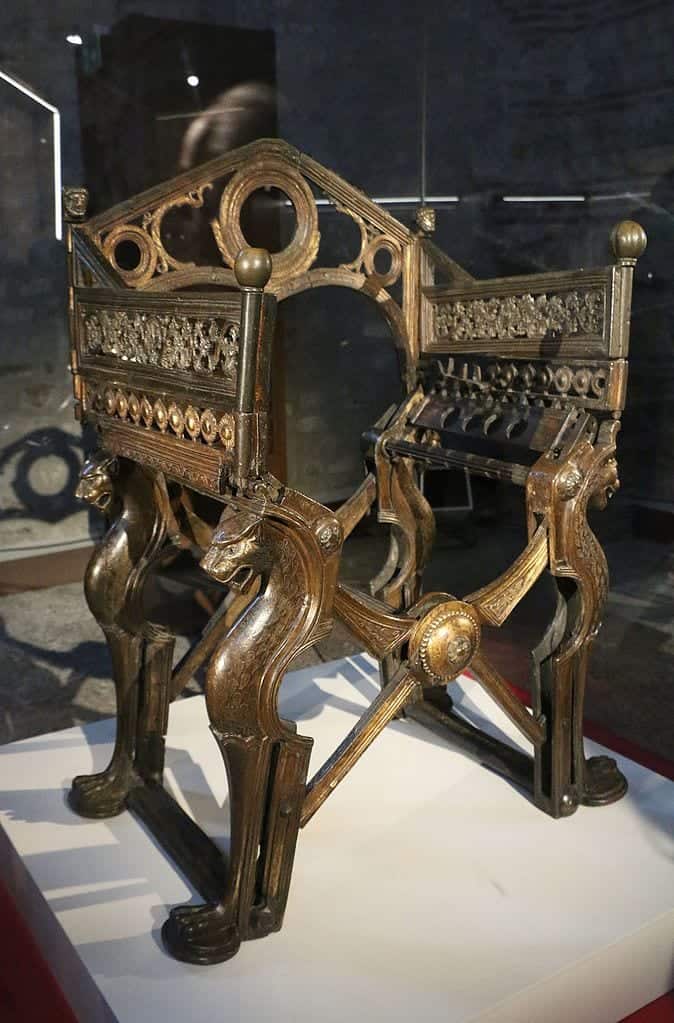
Seating at the head of the table, beside the bed, or on a platform signified power and authority.
X-frame chairs called faldstools, whose design originated from curule seats, were frequently used by clergymen and other religious officials.
The Chair of Maximilian, made during the mid-6th century, was marble, with a rounded, high back.
High relief carvings depicting Christian iconographies like saints and Gospel scenes adorn this chair. However, animals, flowers, and similar motifs filled in empty spaces.
A common type of seating in France and the Netherlands was the seigneurial chair. This furniture had a high back and covered by a canopy, similar to an episcopal throne.
The arms were uniform, and a carved panel covered the bottom. Some models had hinged seats that a key could open.
Most chairs made during the Middle Ages were architectural. As the Renaissance emerged, new stylistic preferences overtook Gothic ones.
Renaissance-Style Chairs
During the Renaissance, chairs became more common in aristocratic and merchant class homes, leading to an important shift of seating from a symbol of authority to an object of comfort.
As chairs became available to anyone who could afford them, they began to reflect the popular fashions of the time.
Also, during this period, Roman features again came into style, with variations developing in different parts of the world.
In Italy, for example, the velvet (or leather) dantesca chair and hard-backed, slacked-seat cushion were popular. And in most of Europe, three- or four-legged stool chairs became more frequent.
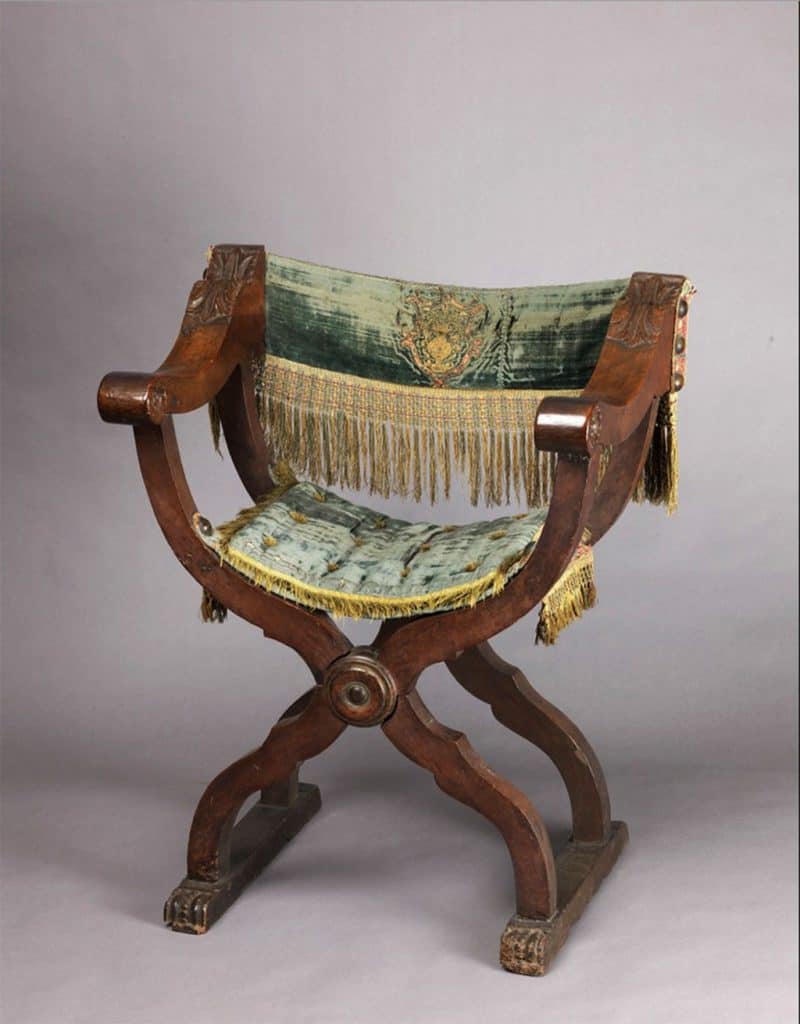
Early Renaissance chairs were large and almost always had arms. However, by the end of the 16th century, smaller models were the norm.
Most chairs were made out of timber, but especially oak. Upholstery was uncommon, aside from leather occasionally. As cushioned seats grew popular, so did velvet and silk upholstery.
In England, low chairs, or backstools, were commonly used during the 17th century. The backs of chairs were covered with cloth to hide wooden frames.
At the same time, in France, the Bergere chair, usually made of walnut, became extremely fashionable for wealthy nobles.
Typically made of oak, 17th-century chairs are generally very bulky and cumbersome. The furniture remained dense and large until the emergence of the Louis XIII style.
The Chiavari Chair
The Chiavari Chair, named after the city where its creator Guiseppe Gaetano Descalzi resided, was the first chair produced on a large scale.
Descalzi invented this iconic design after a commission from Marquis Stefano Rivarola to remodel an ornate Parisian Empire-style chair.
Descalzi used lightweight, inexpensive materials, and minimal decoration. This made it easier for other furniture makers to replicate, resulting in a more affordable piece of furniture.
It was the first time people besides aristocrats could readily purchase seating. Today, the Chiavari Chair is still in use as the banquet chair.
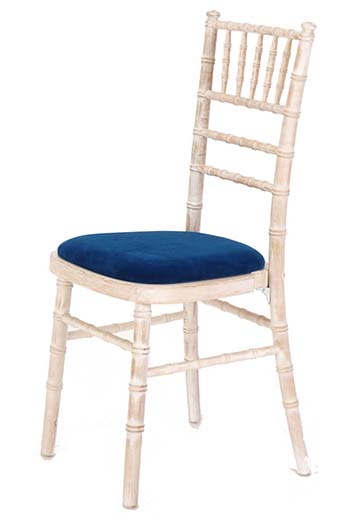
England
French and Italian designs strongly influenced English chairs, particularly toward the end of the Tudor period.
Typically, English chairs were lower and broader, with massive, carved paneled backs. Inspired by French models, chairs became taller, slimmer, and more sophisticated.
Before the Restoration, decorative carvings were mainly for chair frames.
Afterward, cabinetmakers began adding embellishment on the stretcher. English chairs became highly ornate and favored by aristocrats exiled with Charles II.
Stretchers and frames included detailed scroll-work or elegantly curved adornment. It joined all four legs with a vase-shaped knob in the middle.
Additionally, arms and legs tapered into scroll shapes, and the backs included copious amounts of spirals and scrolls as well.
More rigid designs eventually replaced these elegant forms during the rule of William III and Mary II (1689-1694).
Furniture became more robust, had fiddle-shaped splats, and a cabriole leg and pad feet. Some more decorative pieces featured cane seats and backs.
These designs evolved into the Chippendale chair. It features an intricate, interwoven back, delicate arms, and squared or cabriole legs that ended in a claw or pad.
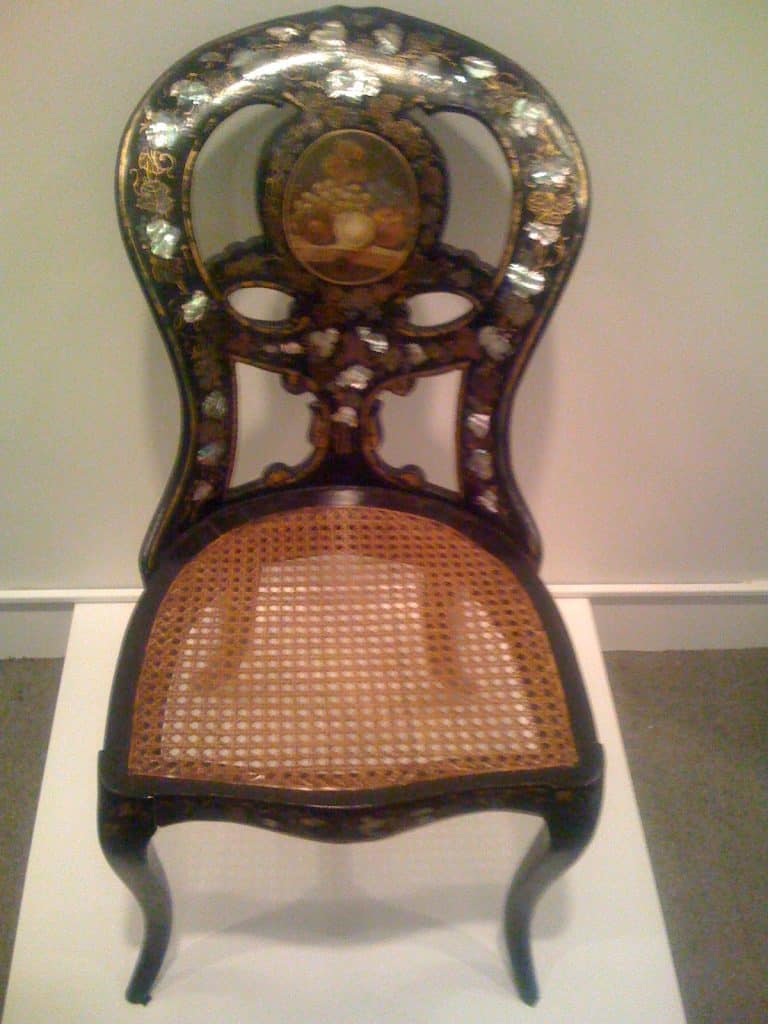
Rococo and Louis XV Chairs
The Rococo style developed in Paris around 1720 as a reaction against the rigidity of Louis XIV’s design. Seating became more informal, and while a far cry from contemporary lounging chairs, it was much more comfortable than its predecessors.
The upholstery covering Rococo chairs was à chassis, or removable. Clips secured the fabric to frames, allowing it to change from season to season.
The backs of early versions of Louis XV seating were upholstered à la reine, with a flat board placed against a wall.
This design complimented the curves of the chair’s top-rails with those in the boiserie panels behind the furniture.
Some cabinetmakers crafted low armchairs with symmetrical, scrolling seat rails, which continued into stout cabriole legs. These chauffeuses originated from Chinese lacquer tables.
Louis XV chairs lacked stretchers because they contrasted with the appearance of flowing, curved seat rails, cabriole legs, and scroll feet.
By this time, guilds maintained strict control over the building of French furniture. A variety of highly specialized chairs developed, often made with a single purpose in mind.
Cabinetmakers usually used walnut, beechwood, or different fruitwoods. They were finished with transparent or light-colored lacquers, gilded, or left in their natural state.
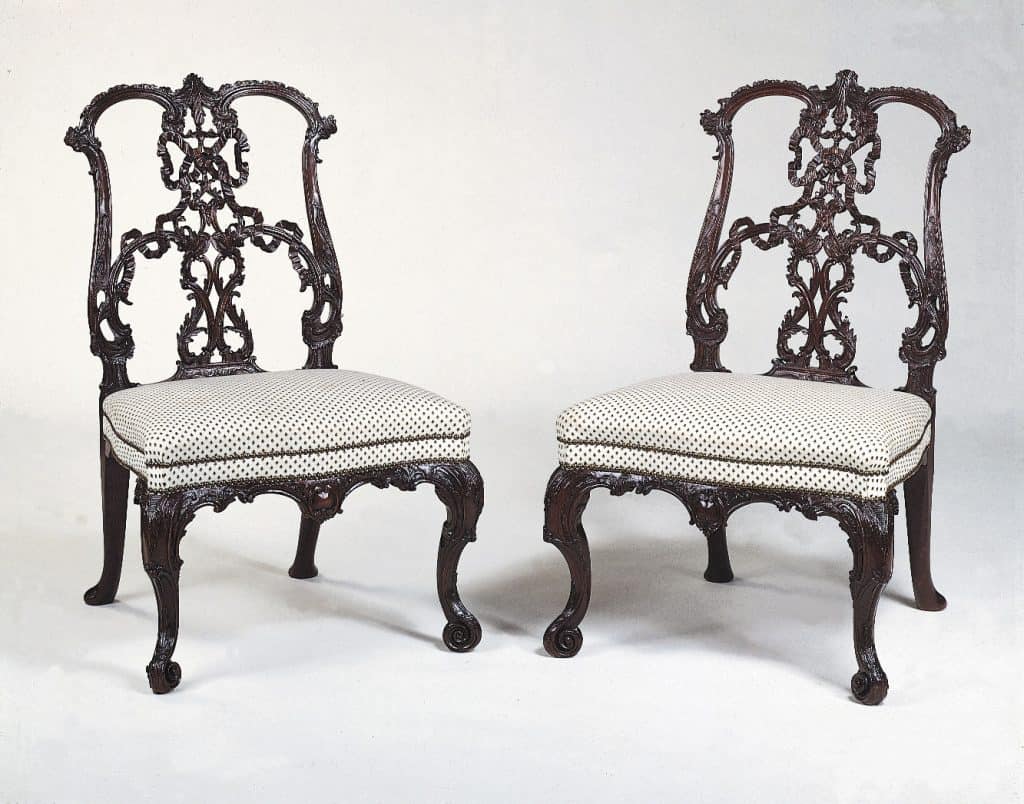
Neoclassical Chairs
Neoclassicism emerged in the 18th century as a response to the abundance of the Baroque and Rococo periods. It strongly connects with Louis XVI’s reign.
In the late 1760s, Parisian cabinetmakers created the earliest Neoclassical chairs. These models had fluted, tapered legs connected by a block at the seat rail.
Traditionally, Neoclassic forms followed straight, geometric lines and made from precious materials like mahogany.
However, the scroll-like curves of the klismos and curule chairs from Greek antiquity inspired some pieces. Furthermore, motifs usually followed moldings similar to those found in Greek and Roman architecture.
Conventional Louis Seize style chairs had oval-shaped backs, large seats, swooping arms, and rounded legs. Woven tapestries or similar materials covered chairs.
As the Empire style became more fashionable, chairs became short and wide. These were comfortable but lacked the ornamentation of previous techniques.
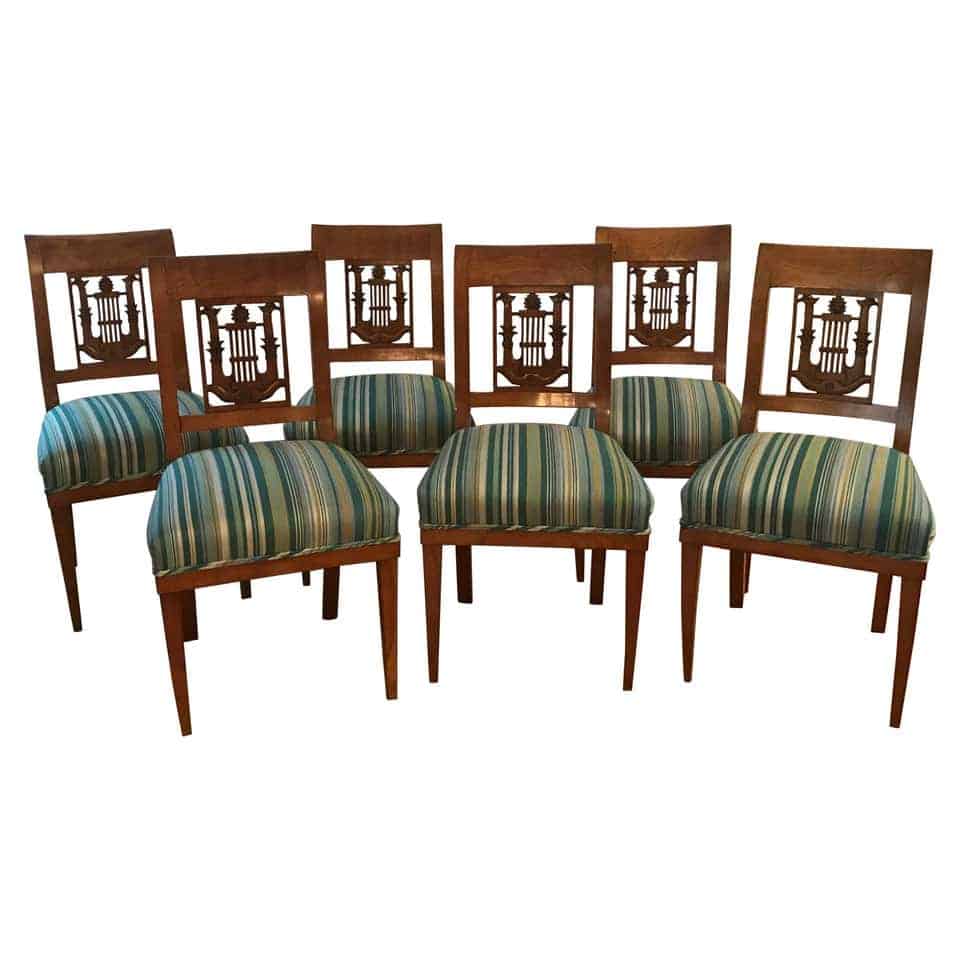
Biedermeier Chairs
Biedermeier furniture emerged in Germany, lasting from about 1815 to 1848. Cultural variations appeared in several European countries, fueled by nationalism and historical pride.
This style simplified the French Empire style, highlights straight lines, every day (but elegant) decor, and functionality. However, later pieces developed more ornate features as the middle class grew wealthier.
Biedermeier chairs and other furniture came from locally-sourced materials, including cherry, ash, and oak, rather than pricier imported woods.
Since mahogany was expensive and not as many could afford it, cabinetmakers stained cherry and pearwood to appear more luxurious.
The practical principles that guided many Biedermeier designs continued to influence the Bauhaus and Art Deco movements.
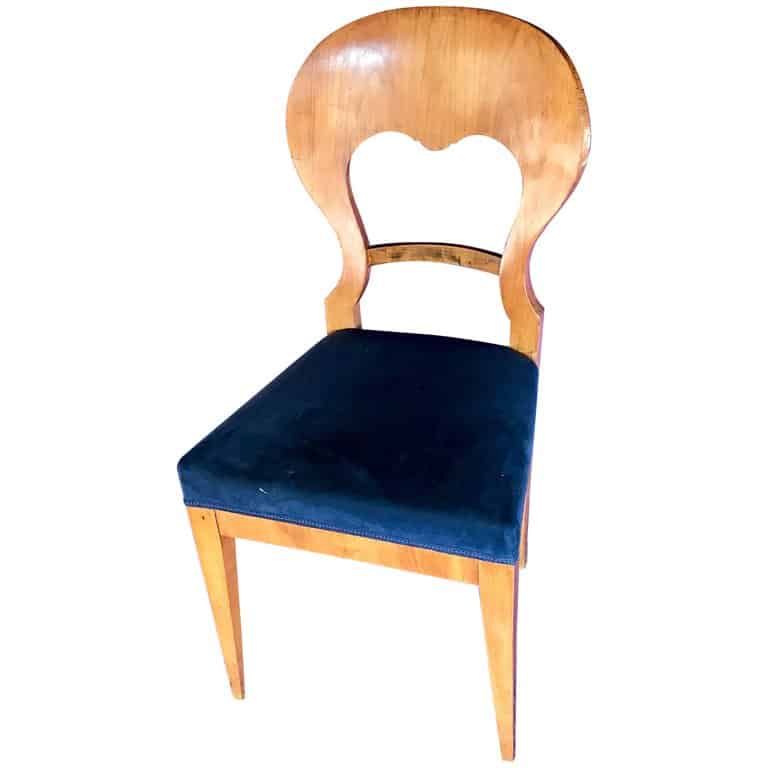
Josef Danhauser
Josef Danhauser (1805-1845) was a Viennese cabinetmaker who significantly contributed to Austria’s furniture production.
Danhauser owned a large furniture factory that flourished during the Biedermeier period as people could purchase from his business’s catalog.
Additionally, Danhauser created customized items for select aristocrats. His works are notable for their striking design and colors.
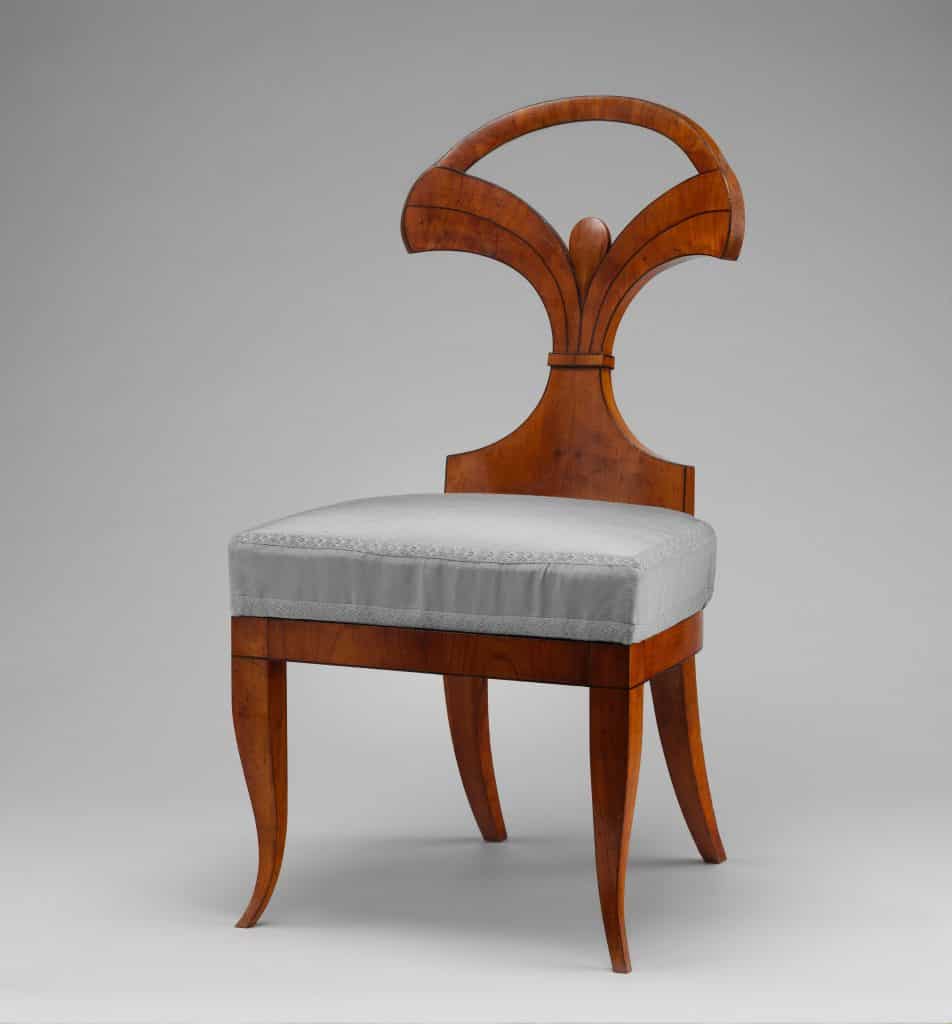
Art Nouveau and Arts and Crafts Chairs
The Art Nouveau and Arts and Crafts movements profoundly changed design in many parts of the world.
Seating became simpler as a response to the excess of Victorian design starting in the 19th century.
Arts and Crafts designers, in particular, created hefty chairs with clean lines, geometric patterns, and minimal embellishment.
Additionally, upholstery and decorative embellishment fell out of style, as many believed these detracted from the integrity of the piece.
Cross-disciplined artists like Josef Hoffman created inspired and unique designs. The Kubus Chair, one of his most well-known works, featured straight lines, geometric forms, and luxurious materials.
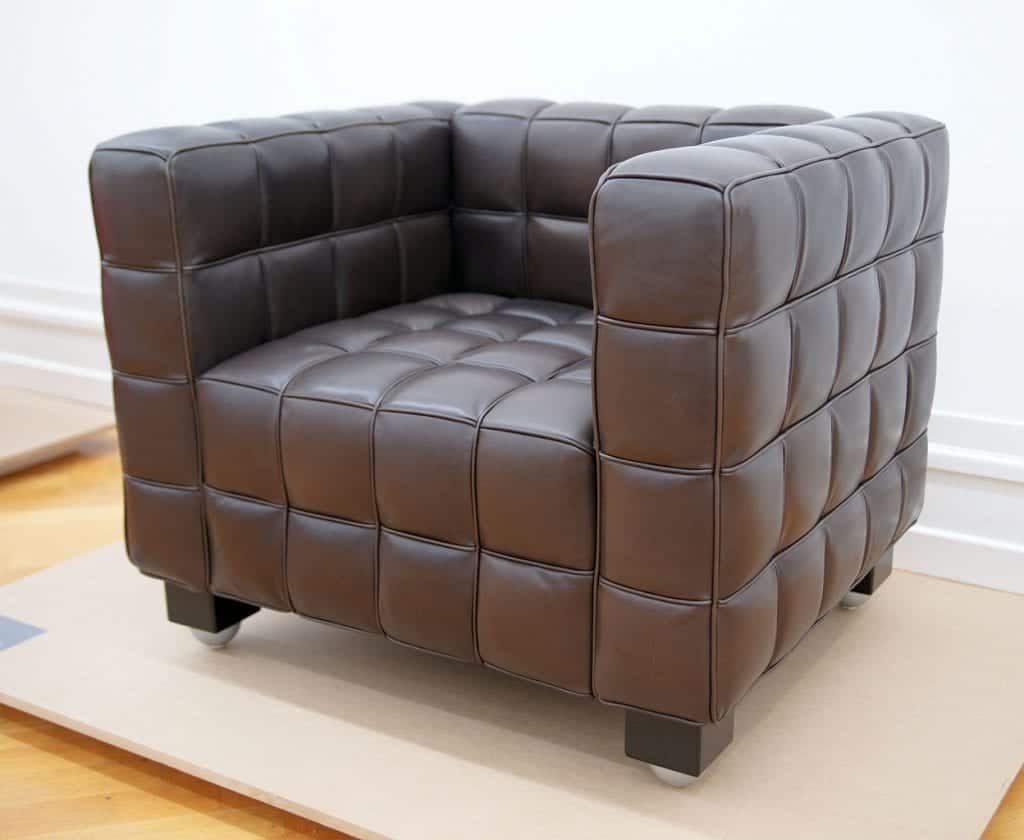
The Bistro Chair, made in 1859, not only exemplified Arts and Crafts furniture but also transformed the industry as a whole.
Modernism
After World War I, factories produced furniture on a large scale. Compared to earlier styles, modernist furniture was distinctly plain and industrial.
However, it was also much more affordable for everyday people. Designers used inexpensive materials that were also easy to manufacture, like tubular steel, chrome, and plywood.
Modernist furniture echoed the Arts and Crafts movement’s desire for honesty in craftmanship while incorporating simple, contemporary themes.
Marcel Breuer’s Wassily Chair is an excellent example of 20th-century modernist furniture.
Ludwig Mies van der Rohe created the Barcelona Chair. It debuted at the Pavilion of the Weimar Republic at the 1929 World Exposition in Barcelona.
Van der Rohe’s design is one of the 20th century’s most iconic pieces of furniture. Evidence of the Roman curule chair is evident in the X-shaped cross braces.
A revolutionary change for seating came with the development of the Eames Chair. Designed by Charles and Ray Eames, this plastic chair is another essential 20th-century design.
These men used innovative materials like petroleum-based plastic, which, at the time, was relatively new. This made it easier to mass-manufacture and distribute the Eames Chair.
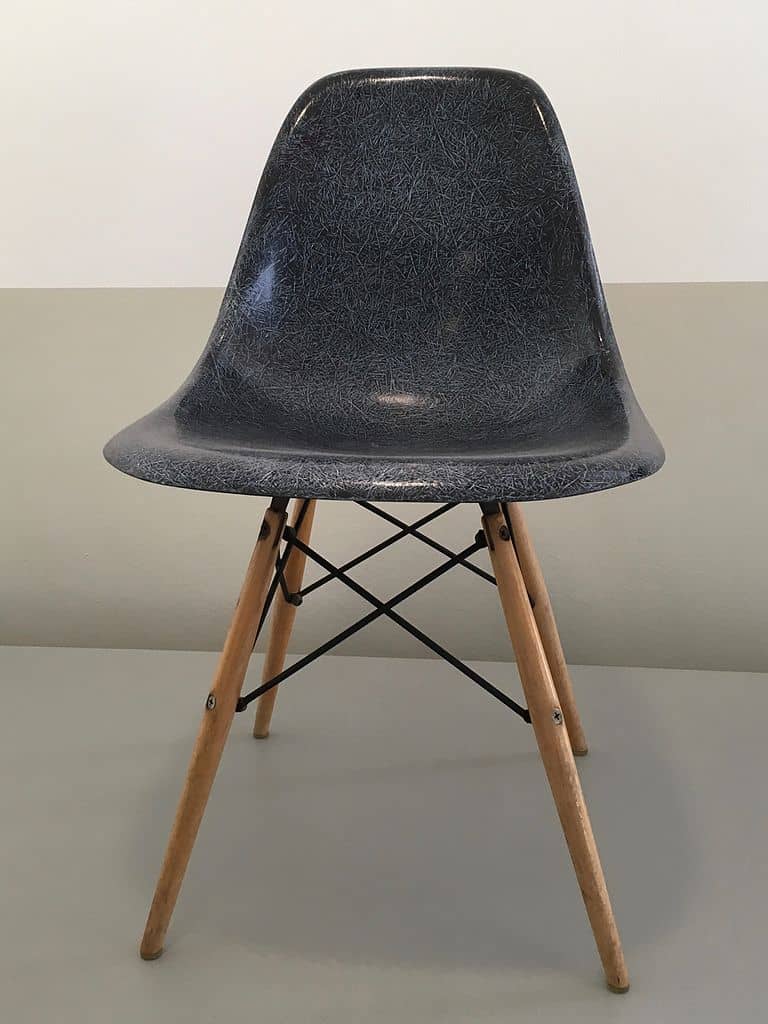
Conclusion
The elite are no longer the only ones with access to comfortable seating, and the selection of styles is nearly endless.
The chair continuously evolves to meet our desire to sit on something besides the ground as well as our ever-changing aesthetic preferences.
From beanbag, massage, Papasan, folding, and office chairs, there is always something available for us to use.

Styylish
Visit the Shop to find your new favorite piece of furniture to sit and relax.
Check out the Blog for more antique furniture history, style tips, and more!
Sources
- Frem, and K. Adem. “Take a Seat: Exploring the Chair Throughout History.” Interior Design School, San Diego, California – Design Institute of San Diego, 7 Feb. 2019, www.disd.edu/blog/take-seat-exploring-chair-throughout-history/.
- “History of the Chair.” Wikipedia, Wikimedia Foundation, 13 Jan. 2020, en.wikipedia.org/wiki/History_of_the_chair#19th-century_chairs.
- Friedman, Uri. “The 5,000-Year History of the Chair.” The Atlantic, Atlantic Media Company, 30 Aug. 2016, www.theatlantic.com/international/archive/2016/08/chairs-history-witold-rybczynski/497657/.
- “A Story to Sit and Enjoy: the History of the Chair.” Chair Institute, 11 Oct. 2019, chairinstitute.com/history-of-the-chair/.
- Daniels, Mary. “FURNITURE CHARACTERIZED BY SIMPLICITY WITH ELEGANCE.” Chicagotribune.com, 3 Sept. 2018, www.chicagotribune.com/news/ct-xpm-1988-03-13-8802290536-story.html.
- “Josef Danhauser – Buy or Sell Works.” Dorotheum, www.dorotheum.com/en/k/josef-danhauser/.
- “Biedermeier.” Wikipedia, Wikimedia Foundation, 15 Jan. 2020, en.wikipedia.org/wiki/Biedermeier#Furniture_design_and_interior_decorating.
- Biedermeier-Vienna. Biedermeier Vienna – History, 18 Nov. 2002, www.biedermeier-vienna.com/biedermeier.php?section=history.

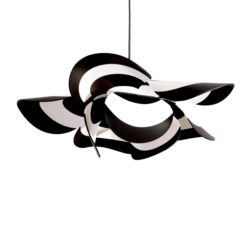

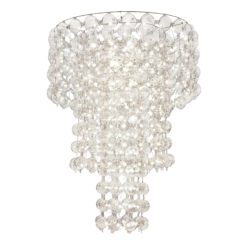
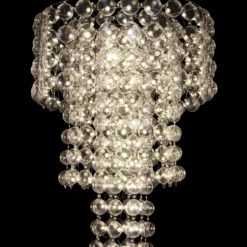
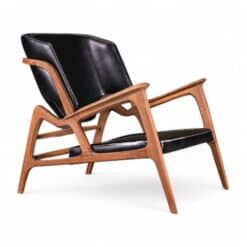
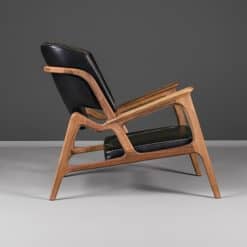
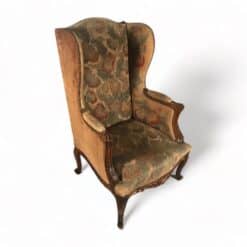
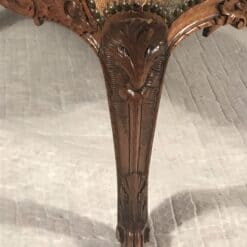
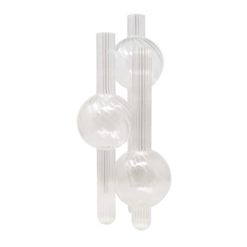
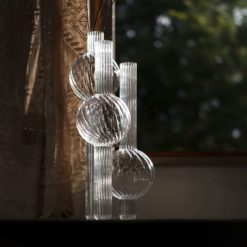
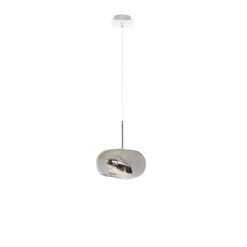
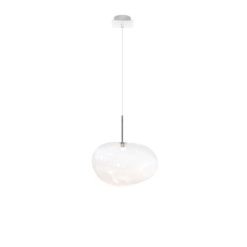
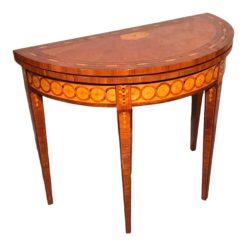
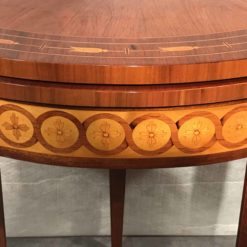
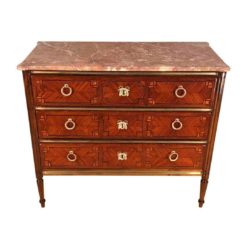

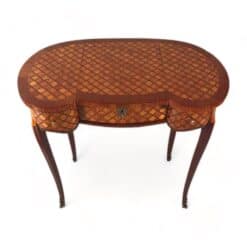
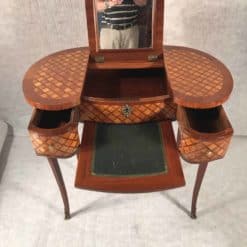
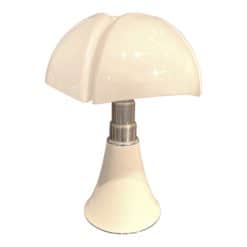
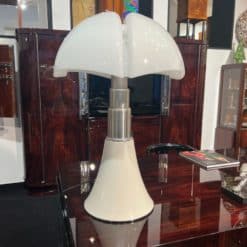
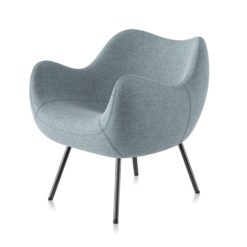
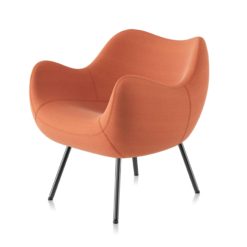
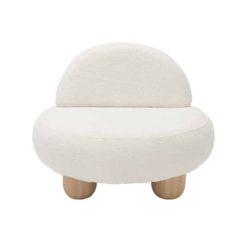
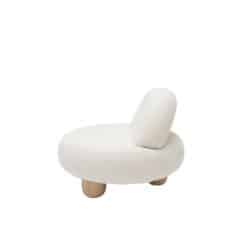

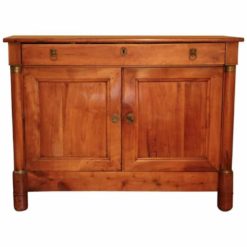

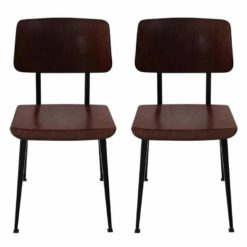
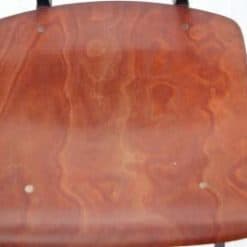
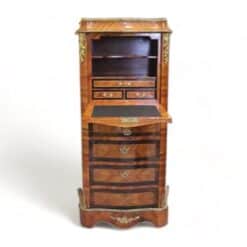
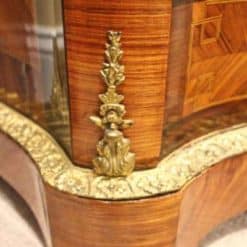
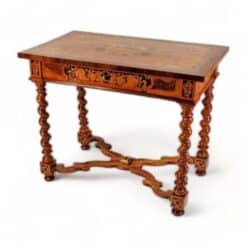
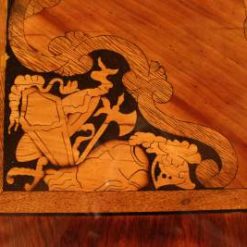
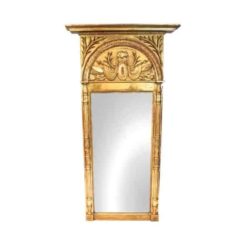
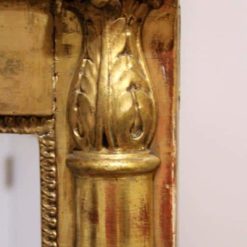
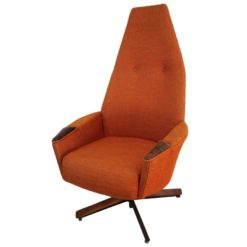
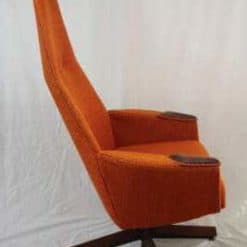
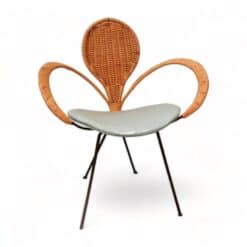
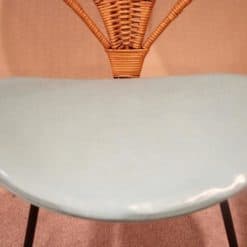
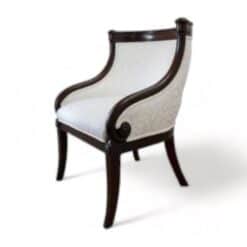
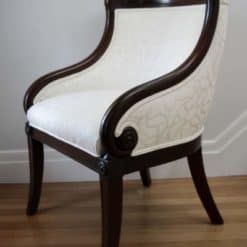
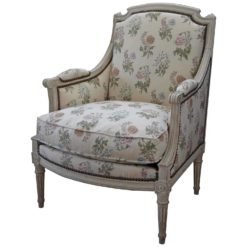
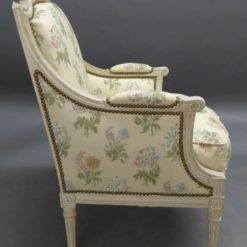
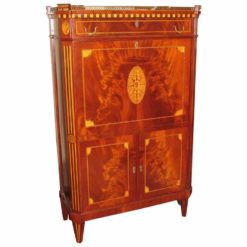
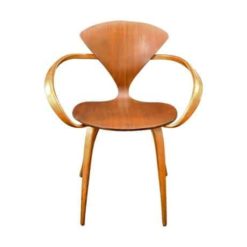
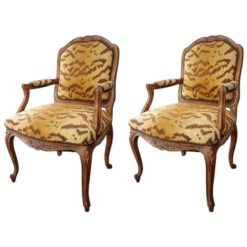
Awesome post! Keep up the great work! 🙂
Thank you very much!